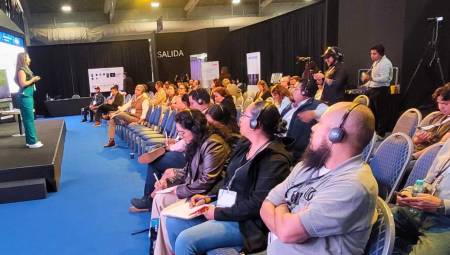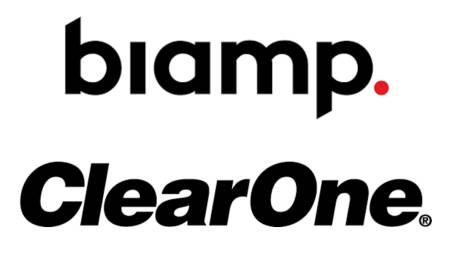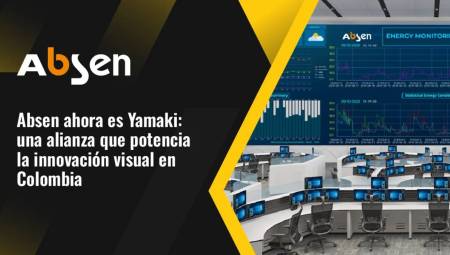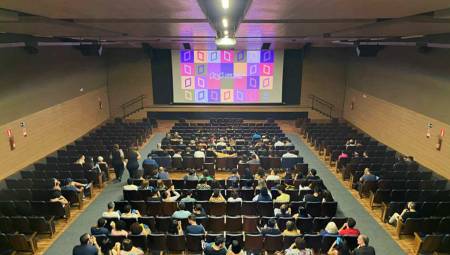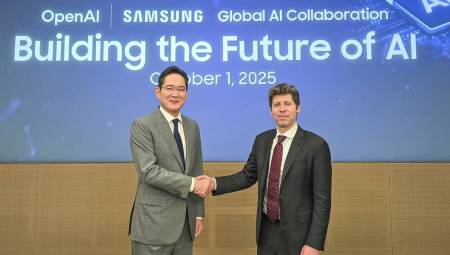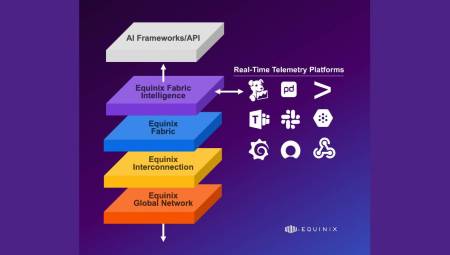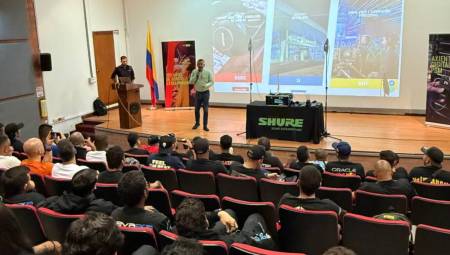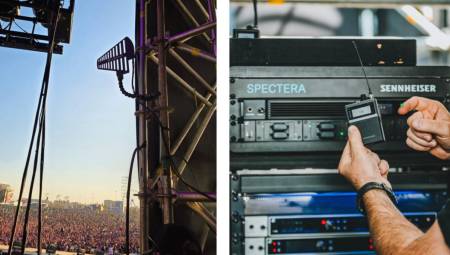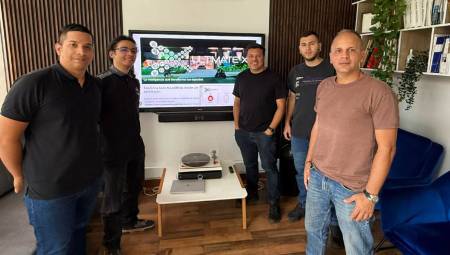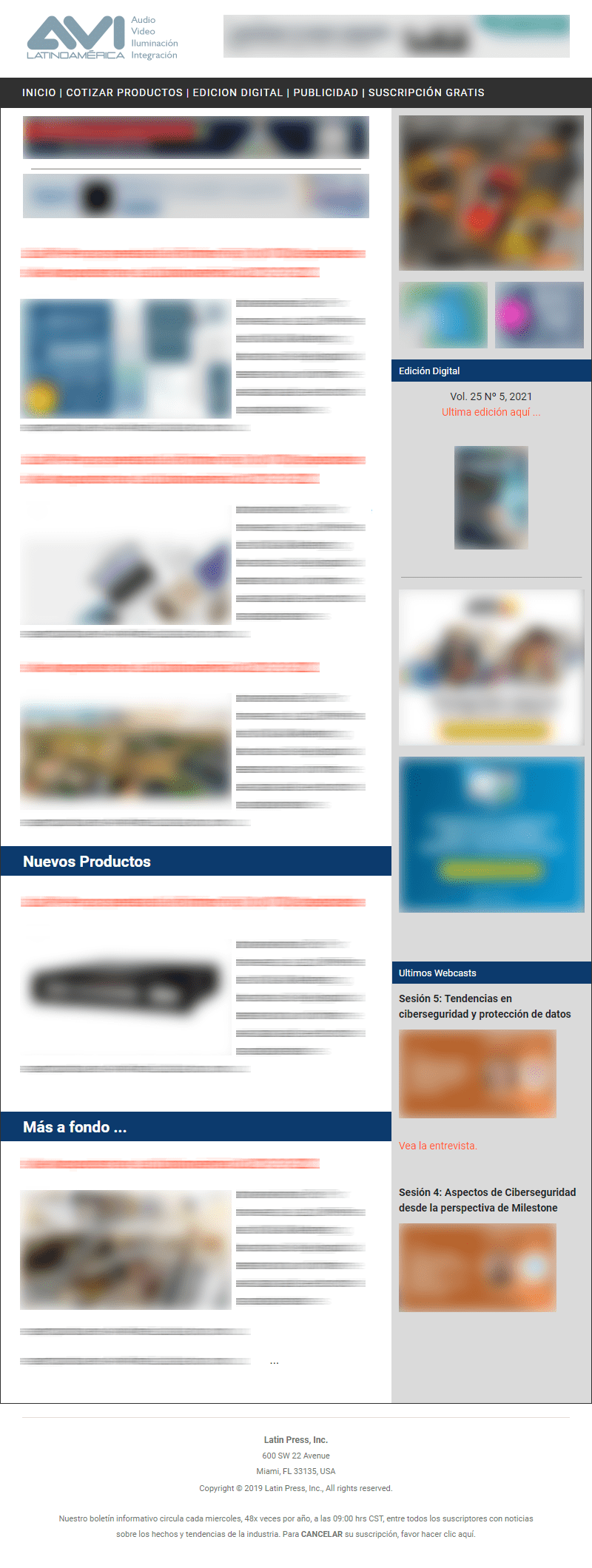 Latin America. These past few weeks have been a true test of agility, adaptability and perseverance for organizations that are already envisioning their own transition to the "new normal." Change is now the new constant. Companies in Latin America are seeing and living that what worked in the past, may not give them the same results today, and probably in the future. Why? The expectations of employees, customers, suppliers and the entire value chain have evolved due to the global contingency.
Latin America. These past few weeks have been a true test of agility, adaptability and perseverance for organizations that are already envisioning their own transition to the "new normal." Change is now the new constant. Companies in Latin America are seeing and living that what worked in the past, may not give them the same results today, and probably in the future. Why? The expectations of employees, customers, suppliers and the entire value chain have evolved due to the global contingency.
In this way, it is essential to know the new client, who seeks to give continuity to their business in the face of adversity, and provide tools to their employees so that they can continue working and being efficient and productive from anywhere. Now, due to circumstances beyond our control, the digital revolution is advancing at a pace we could never have expected. Yes, we could all see the potential and, to some extent, we are moving towards more agile ways of operating.
This situation today has forced companies to accelerate their approach, pushing far beyond the comfort zone. In this environment, it is still much more difficult to predict, but what we do know is that the new customer is much more digital, more aware and thrifty. Remember when customers had the patience to wait 48 hours to receive a return email, or a day for their tweet to be responded to? Those days are long gone. Today's customers buy goods and services online like never before, and the expectation now is for brands to be agile, personalized, and operate in a social context.
On the other hand, companies must manage current businesses, but also think about what comes next. What will be the expectations of your customers? What can they offer them to stay relevant and get ahead of the competition? If companies can research and "test" new ways of working, new solutions, or even new infrastructure, they will stay one step ahead.
Also, we have seen and witnessed that work is not a place where you go but what you do, and it is essential not to have capstones that hinder fluid collaboration, secure work and maintain connection, therefore, the enabling of intelligent workspaces is crucial for any company to have continuity of its business.
According to a recent study, 53% of companies have focused on creating remote and dynamic work models. And it's logical. Companies will aim to continue investing in the health and safety of their employees. In order to avoid travel and non-essential mobility, videoconferencing and collaboration systems, as well as the technologies that make up true digital work, will be indispensable so that human capital can remain productive in the safest way possible, in the office or remotely.
On the other hand, in the new normal, efficiency is the cornerstone. It is important that the workforce can focus on planning and executing the activities that bring the most value to the company. To achieve this, leaders must value and rely on automation to execute repetitive tasks. Through technologies such as RPA (Robotic Process Automation), it is possible to improve critical business processes and generate fluidity and work efficiency, through the application of analytics, robotics and machine learning in the interaction with digital systems for the execution of certain business processes.
In this new business normal, RPA becomes critical for executing certain repetitive activities using an interface to capture data (structured or unstructured), interpret it, generate responses, and communicate with other systems.
Online purchases are expected to go up considerably. A Forbes study reveals that, according to the first statistics, internet hits have risen between 50 and 70% since the World Health Organization declared the pandemic. Therefore, companies are expected to increase their digital operations, and given this context, is that the concept of Click & Collect materialized by smart lockers is a good alternative to carry this increase avoiding contagion, reducing physical contact between people and the agglomeration of people in a space, as sales by eCommerce increase. In this way, the transfer of goods is safer, faster and more efficient for all parties, and it is possible to reach the end customer protecting their health and well-being.
Finally, industrial companies are analyzing ways to depend less on production chains. Additive Manufacturing can benefit a wide range of companies that work with plastics, metals and even groceries. The potential of this technology goes further, it will become part of a system of superconnected businesses. In combination with robotics and Artificial Intelligence (AI), 3D printing can create truly special opportunities. Regarding the change in the productive chains of companies, the results are totally measurable.
For example, if a factory employee goes to the warehouse to order a part, the warehouse manager would traditionally look for the part in the warehouse, and deliver it. What if I could tell you that in a couple of hours you can count on the part created in the same factory and with the specifications you require without having it in inventory or mobilizing any logistics service? Undoubtedly, it is an example of what is already happening today with 3D printing, its applications have no limits since they focus on a concept, not on a machine or hardware. The pandemic made many companies rethink their supply chains, and turn more to the concept of micro-factories to avoid surprises at a time when the production chain is affected, even by the closure or slowness of customs due to COVID-19.
There is undoubtedly a rocky road ahead, full of challenges and challenges, but also exciting opportunities to adapt to this new business normal. There is no secret recipe or instruction, each business and sector must analyze its multiple variants to reach the best way to adapt to this new world.
Text written by Fernando Maroniene, Vice President of Marketing at Ricoh Latin America.


















































